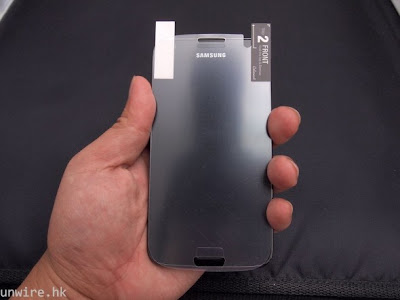
It looks like Gameloft is one of the first game developers to announce plans to release BlackBerry 10 OS titles in the following weeks.
According to the company, Shark Dash, N.O.V.A. 3: Near Orbit Vanguard Alliance, Ice Age Village and Oregon Trail: American Settler will be optimized for the new platform with the BlackBerry 10 Native SDK.
However, the number of BlackBerry 10 games launched by Gameloft won’t be limited to those four mentioned earlier. No less than 11 titles will be available on BlackBerry App World at launch or soon after.
Furthermore, Gameloft also confirmed that all these games would be fully compatible with the new features introduced with BlackBerry 10 OS, including the Scoreloop social gaming tools and...



 5/02/2012 09:55:00 PM
5/02/2012 09:55:00 PM
 dannzfay
dannzfay




























